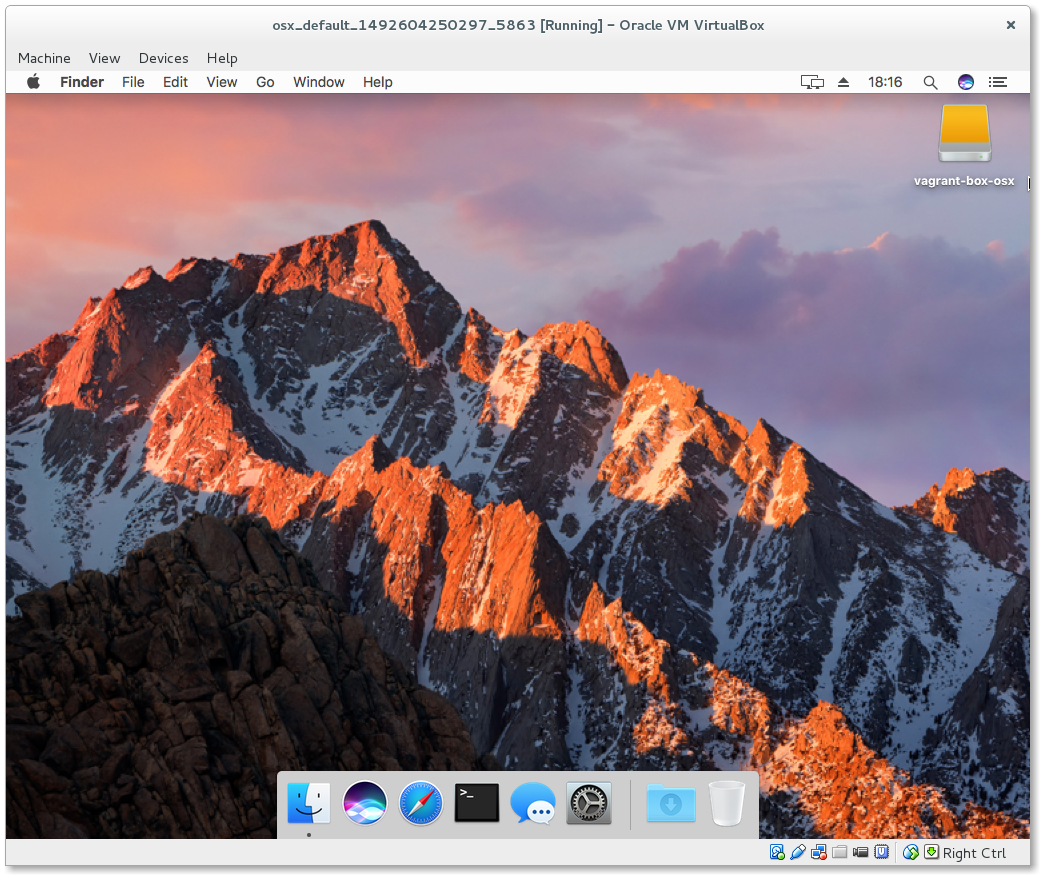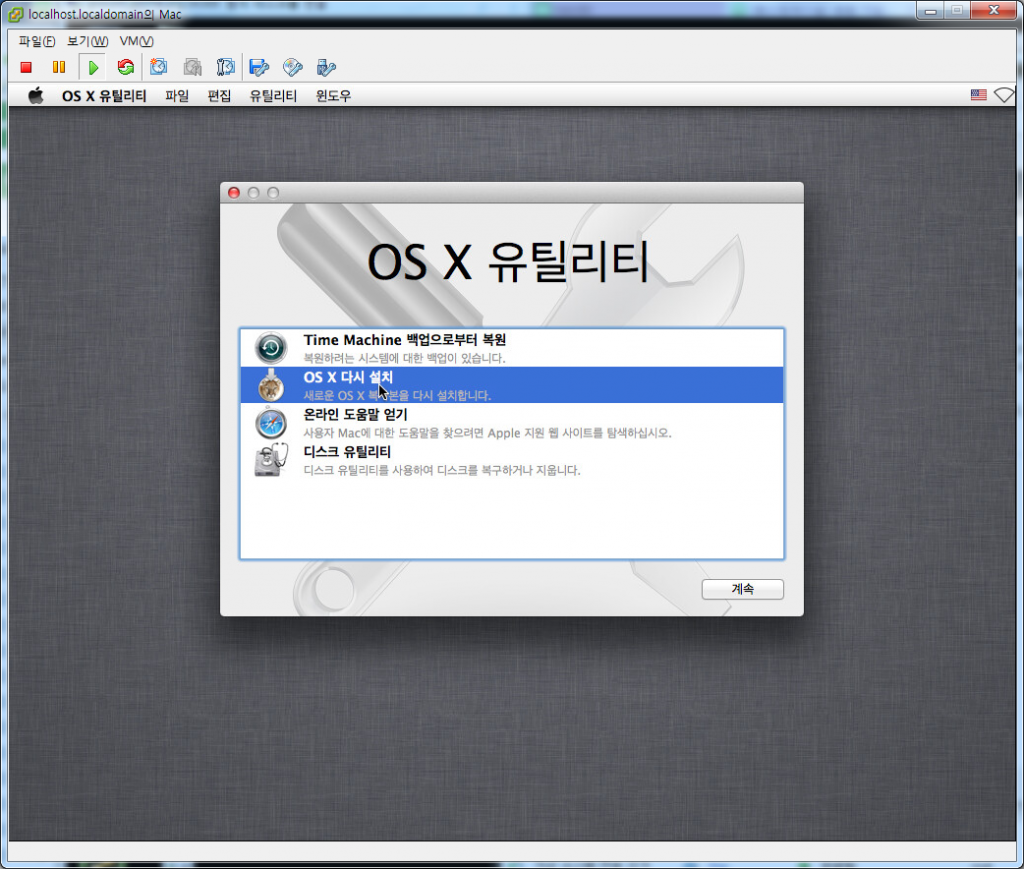
With the VM highlighted in the VirtualBox Manager click the Settings icon or use the Machine menu and select Settings. Or save the machine state with the VirtualBox VM window’s File then Close menu option. To change the network settings the VM VPS must be powered off or suspended. This is configured in the VM’s network settings. VirtualBox can be configured to listen to a port on the host machine and forward any traffic for that port to a port on the VM.

Use Port Forwarding for the Test VPS Networkingīy default port 22 is used for SSH, see a list of TCP and UDP port numbers in Wikipedia. Then on the local VM install the same OS as the one running on the live VPS. This article uses VirtualBox to configure a VM as a test VPS.Ī VPS running in the cloud can be replicated on a local machine using a VM. VirtualBox is a free application that can run VMs. Using a VM is a good way to test a system without impacting a local machine. The test environment should be the same as the live systems so that changes have the same affect when deployed. However, the chance of errors occurring is reduced. Of course there is no guarantee that the changes to the live system will not cause problems. When happy with the changes deploy to the live system with confidence.

Use the test environment to try out new configurations and software. Replicate the live system in a test environment. This tutorial and guide shows how to set up a VirtualBox VM and access it via the SSH client PuTTY, replicating production world VPS access. This test configuration should accurately reflect the live VPS, reducing mistakes when moving from test to production.

A deployed VPS can usually be accessed using SSH, therefore using SSH into VPS running on a VM is good practice for a live situation. This VM VPS can then be used to test configuration and software changes before deployment to a live VPS.

This article discusses setting up a virtual machine (VM) as a virtual private server (VPS) and accessing it using secure shell (SSH).


 0 kommentar(er)
0 kommentar(er)
